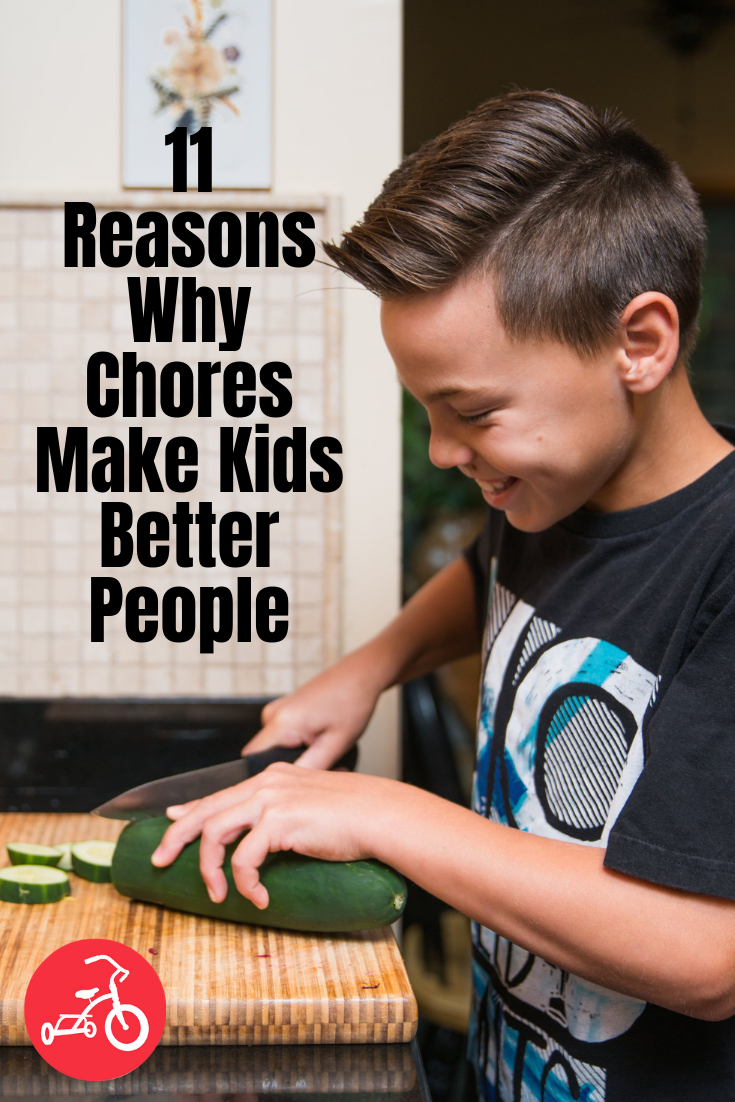
Photo: istock
Constant multi-tasking. Overflowing schedule. Running errands. Prepping meals. Cooking Meals. Taking care of the kids. Long days. Long nights. Being a working mom has never been easy. And COVID threw a giant monkey wrench into our carefully cultivated routines. Now, everyone’s home—all the time—and somehow we’re still supposed to keep this operation running like before?
Working moms, listen up! I know we’ve all developed our systems and routines to fit our lifestyles, and are very proud of what we’ve been able to achieve with them. But we are in uncharted waters now. We can’t keep trying to manage things the way we did before.
And change is upon us again as some states start to open up with restrictions, and we will probably experience change once again in the coming months.
But never fear! There are ways to thrive in these turbulent times if you’re willing to make trade-offs. Here are four key steps that will help you manage the increased stress and responsibilities resulting from COVID:
1. Say No. Alright, let’s start with the hardest one. You’re going to have to say no to some things. I know, I know. As a working mom, it often feels like the world is expecting you to hold it up on your shoulders, and any utterance of the word “no” will cause it to collapse on top of you. This is fiction! The reality is that adapting to the changes taking place is not all on you, and you’re allowed to say no. In fact, I’m requiring it. You have to say no to things that de-energize you, even if they didn’t before the pandemic. For example, if you enjoyed, or at least didn’t mind, doing the dishes after dinner but now the activity leaves you drained, don’t do it!
Now, this doesn’t mean to just let those things drop (although I have seriously considered switching to paper plates). Bring in the family and divide up the household chores. Maybe you cook dinner but your son/daughter loads the dishwasher after. Or you can put the laundry into the washer and dryer, but your partner can fold and put away the clothes once they’re done. If you have younger kids, here are some age-appropriate chores so you won’t have to re-do the dishes after your five-year-old does them.
2. Ask for Help. This is a very crucial point and it ties into the previous point. If you take nothing else away from this article, remember this: asking for help is okay. It took me a while, and quite a few meltdowns, to learn this lesson, but admitting when you need assistance and reaching out is not a sign of weakness or defeat. No one is making it through this alone. Start by asking for and offering support in your own home. Then once you have a good system there, reach out to ask and offer help in your community and neighborhood, and, finally, at your workplace. The only way we get through this is together.
For me, one of the ways I ask for help is after I get home from grocery shopping (mask and all), one of my daughters or my husband helps me unload the car and put everything away. It’s a small task but not having to do all that alone, or at all, gives me a little breathing room and support.
3. Do Not Wait for Burnout. Just because the world has gone crazy, doesn’t mean we get to ignore our mental health. Not only is burnout still around, but it is going to sneak up on your like never before if you’re not careful. Before COVID, I was the type of person who had no problems focusing and could sit down and work for hours on hours without needing a break. In the past few months, I find myself often staring out the window, my mind a hazy blank. There’s just so much going on that it’s overwhelming us mentally, whether we consciously realize it or not. So, make sure you are taking time to relax and practicing some de-stress exercises.
4. Split up Roles and Responsibilities at Work. Task sharing doesn’t stop at home, although it is a little trickier at work. But that doesn’t mean it can’t be done! Splitting up your responsibility at work can seem really scary because we want to seem in control and completely fine at work. So, how can we tell a co-worker or boss, “Actually, could you or someone else handle this?” First, you have to remember that if you overwhelm yourself with tasks just for the sake of having a lot of tasks, your performance will suffer. We’ve got more on our plate than usual outside of work so adding to it is just going to make it overflow. If you know a specific task at work is not your forte, see if a colleague who enjoys this type of work is willing to take it on, or trade the task for something you love. Splitting up tasks like this sets you and your team up for long-term success.
Dana Look-Arimoto is a mom of two daughters, four dogs, and the founder and CEO of the leadership and executive coaching company, Phoenix5th. As an international speaker, author of Stop Settling, Settle Smart, and the host of “Settle Smarter” podcast, Dana is working to help people everywhere achieve work-life integration.






































